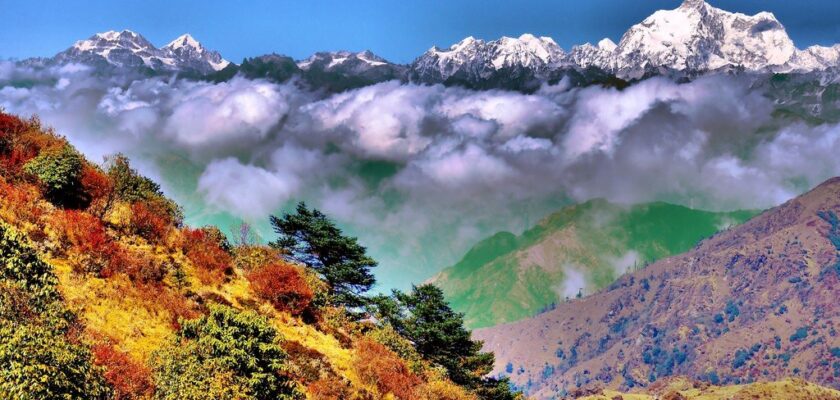Kangchenjunga
This sightseeing attraction is related to the countries:NepalIndiaKangchenjunga is a mountain range in the Himalayas, whose main peak, 8,586 meters above sea level, is the third highest eight-thousanders in the world. The mountain is located on the border of India and Nepal, and is the highest point in India. For a long time, the Kanchenjunga mountain range was considered the highest in the world, but it wasn’t until 1856 that accurate measurements gave reason to consider it the third highest.
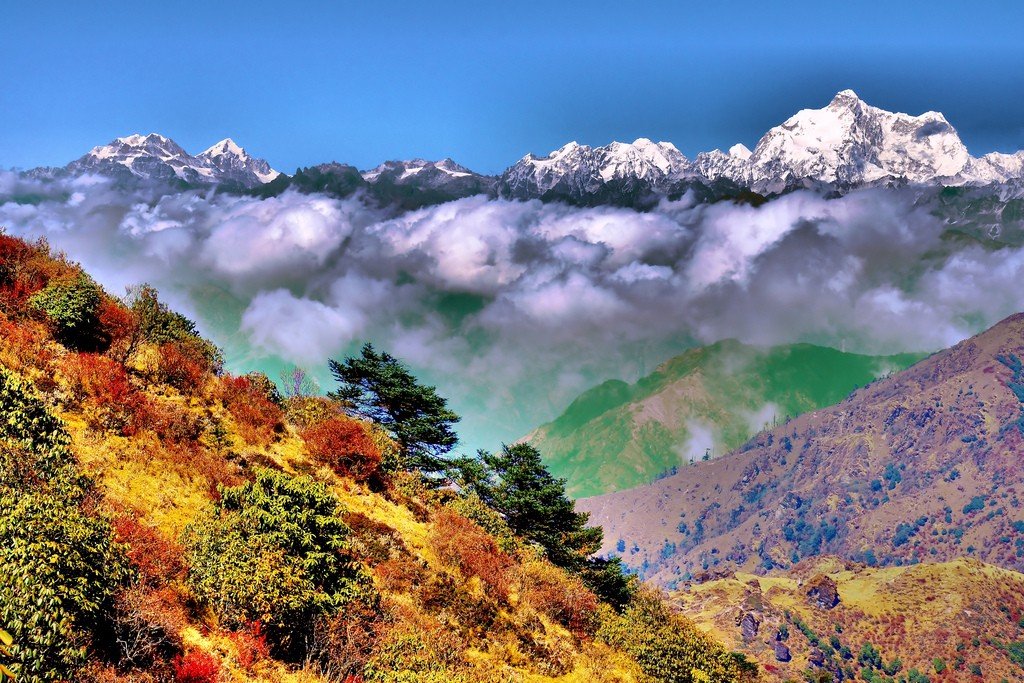
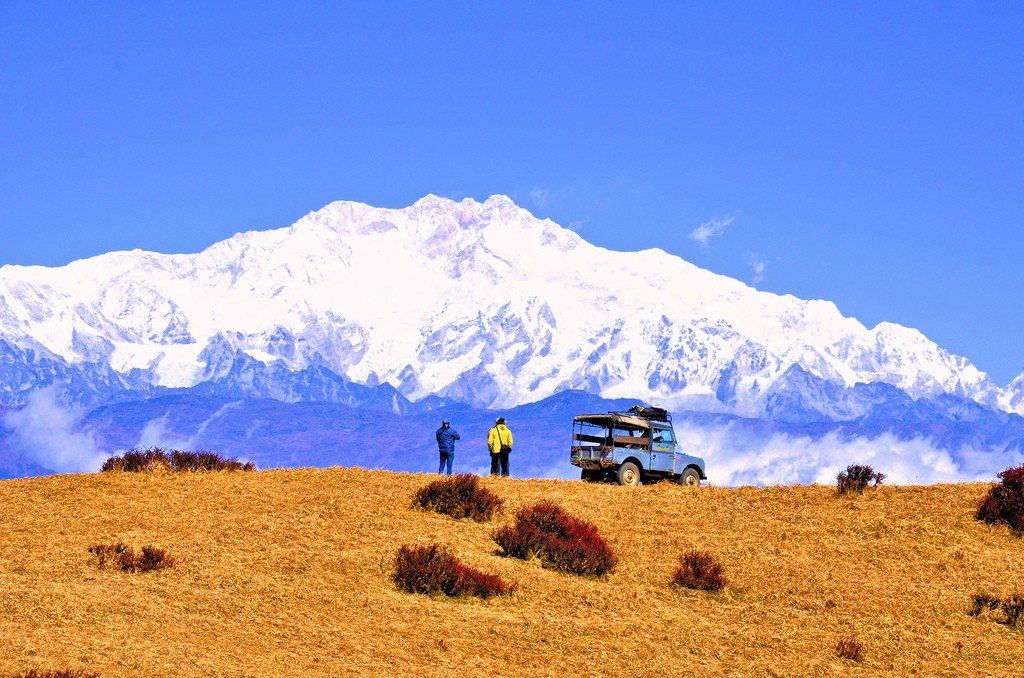
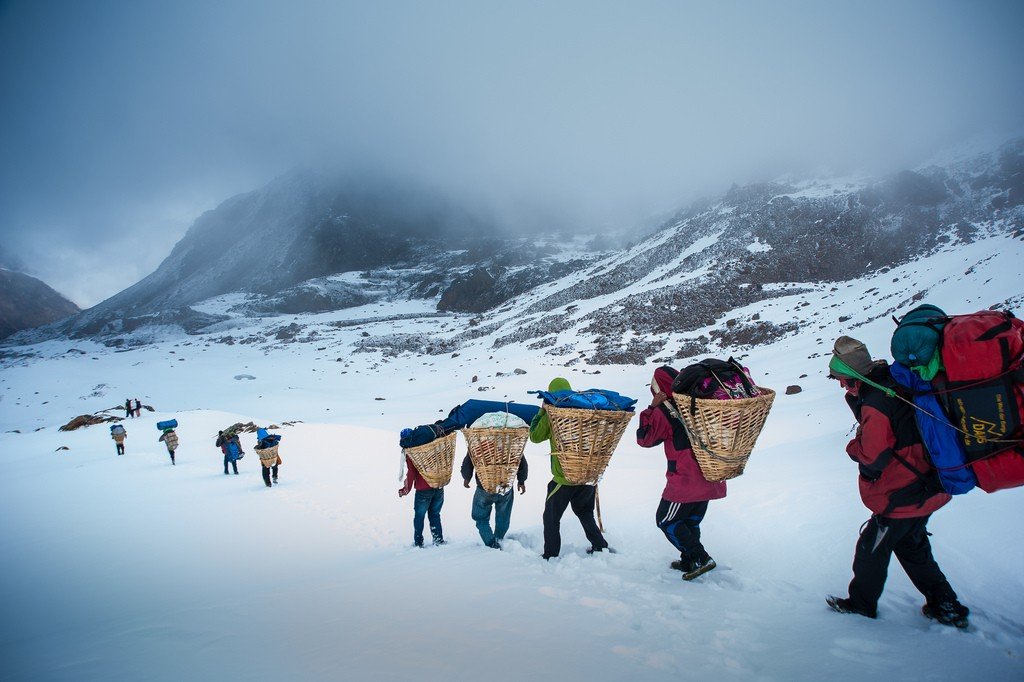
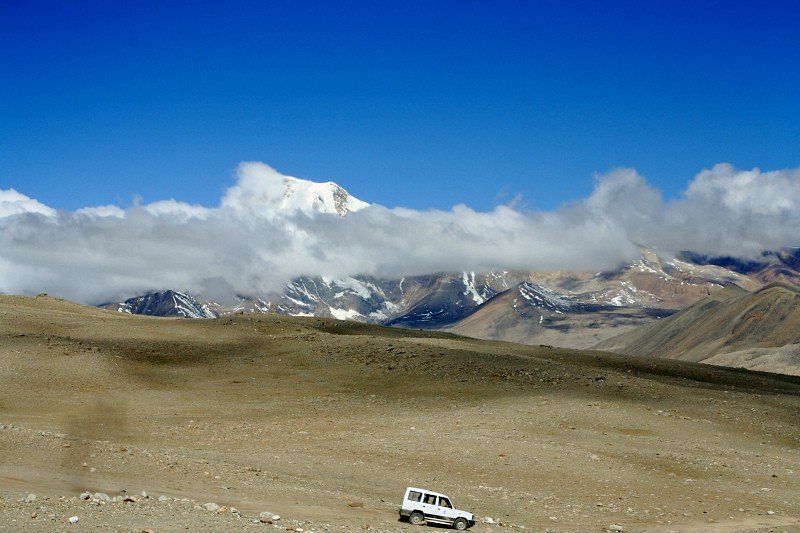
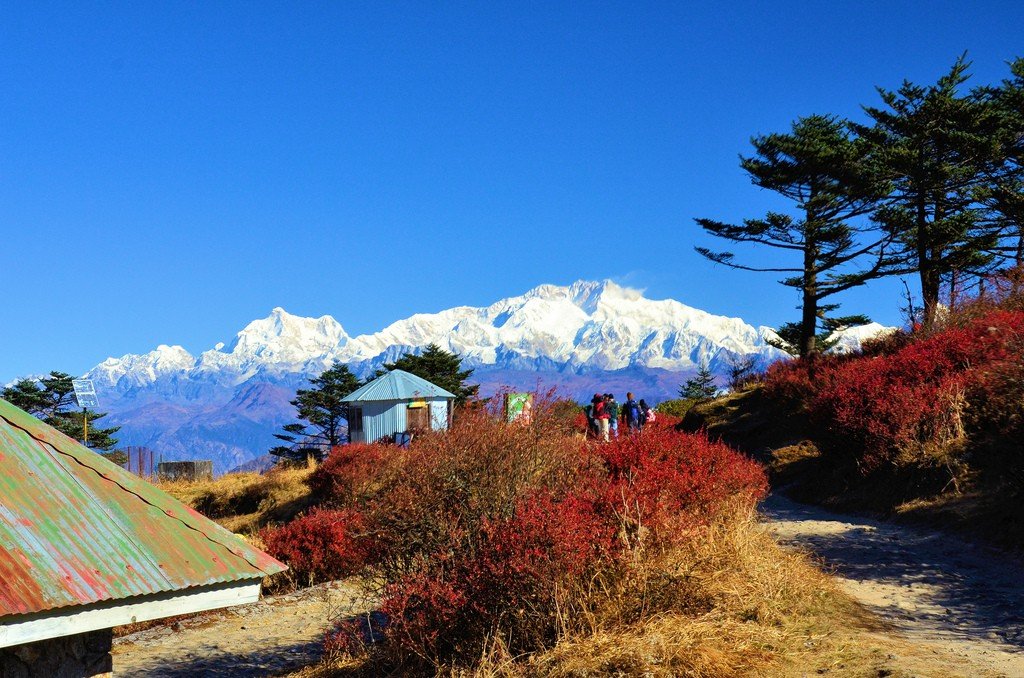
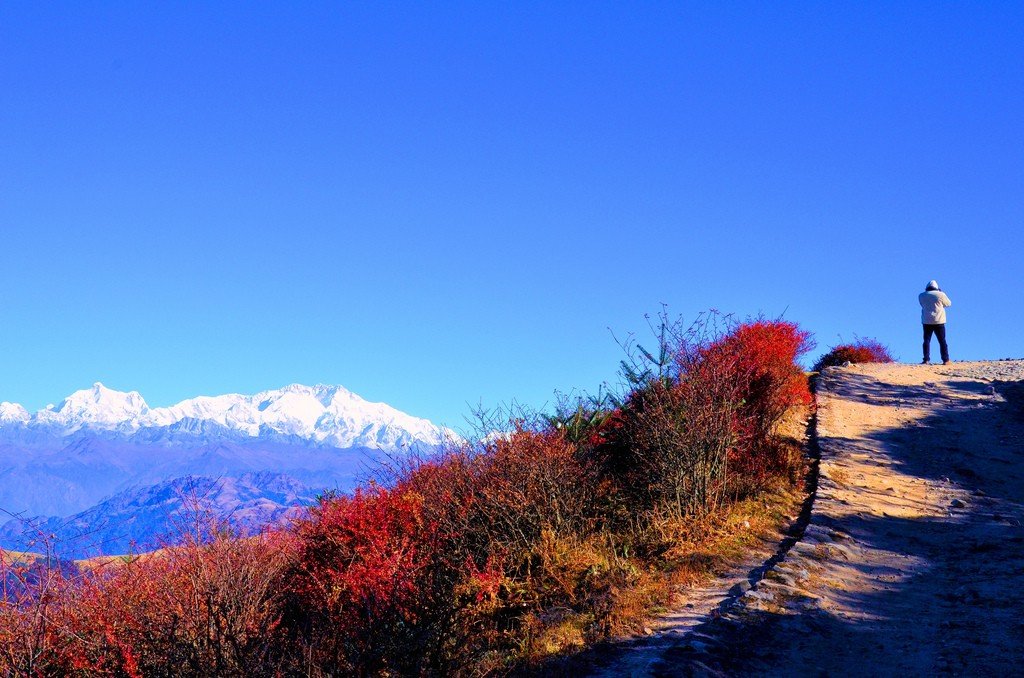
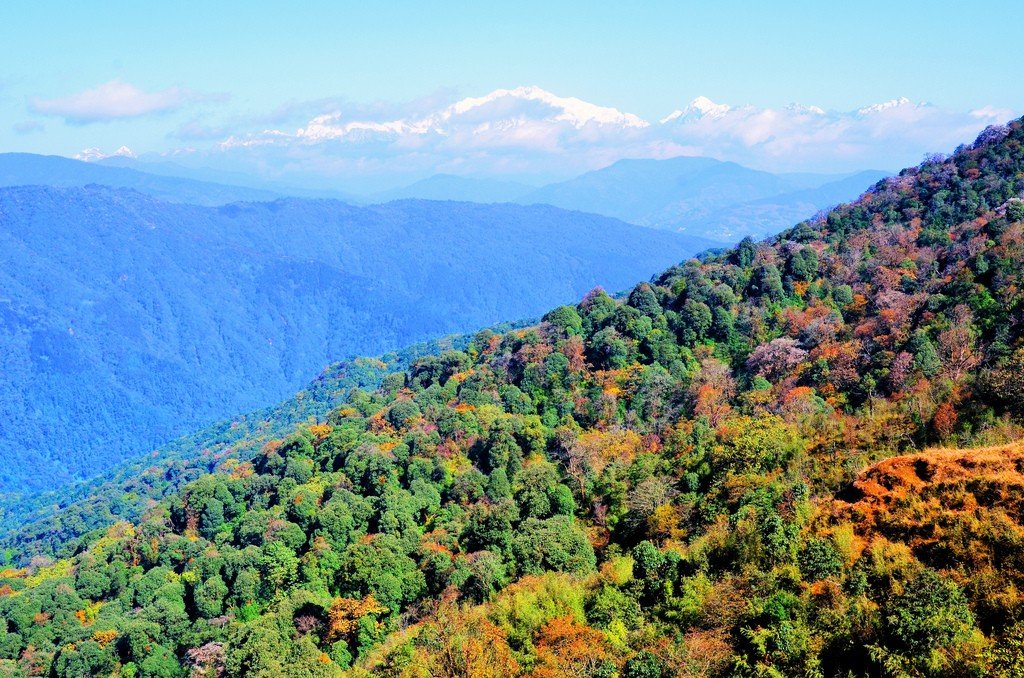
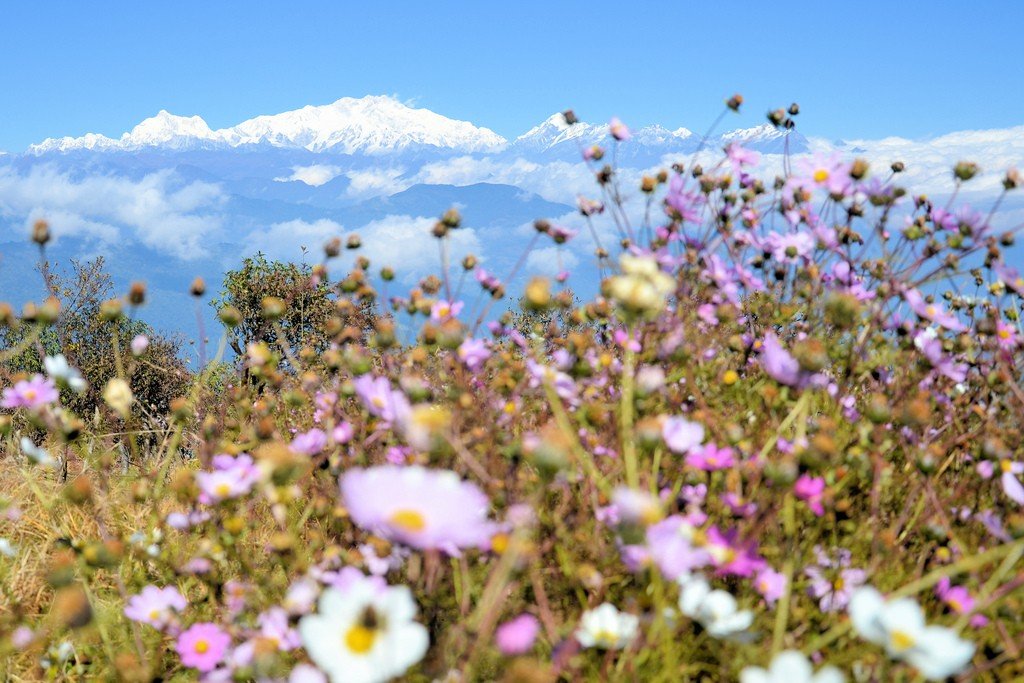
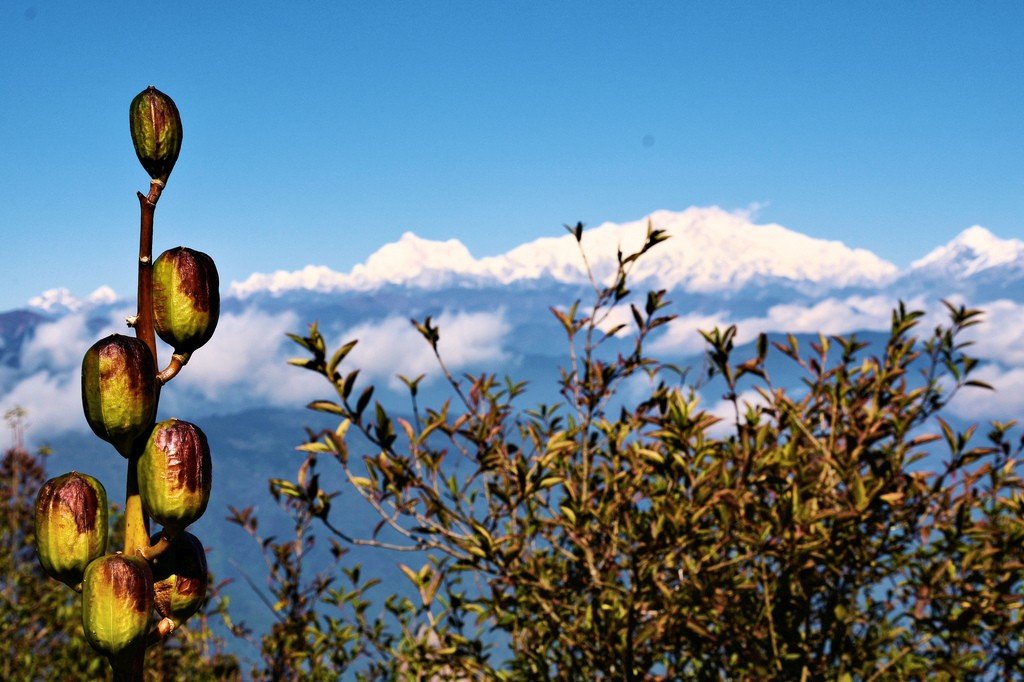
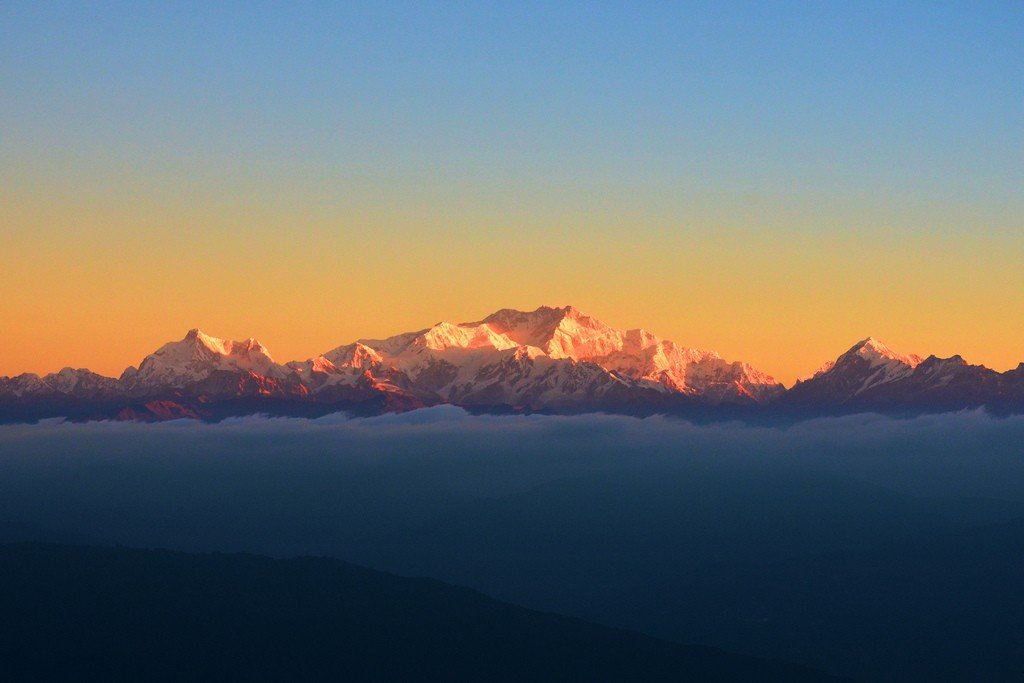
Video: Kanchenjunga
” title=”YouTube video player” frameborder=”0″ allow=”accelerometer; autoplay; clipboard-write; encrypted-media; gyroscope; picture-in-picture; web-share” allowfullscreen> ContentsHighlights
The name of Mt. Kanchenjunga literally translated from the Tibetan language (Kang-chen-je-nga) means “treasury of the five great snows” or “five repositories of great snows.”
Four peaks of the mountain range – Kanchenjunga Main, Kanchenjunga South, Kanchenjunga Middle (on the border of northern Sikkim and Nepal) and Kanchenjunga West (Yalung Kang) in Nepal’s Mechi Zone – rise above 8,000 m.
Kanchenjunga’s peaks are the highest in the world.The Kanchenjunga massif is composed of solid rocks: gneisses, granites, and crystalline schists ranging in age from half a million to a billion years.
.In the snows and glaciers of Kanchenjunga begins a large river of eastern Nepal – Tamur, known to all fans of extreme water tourism. It flows down the slopes of Kanchenjunga in the south and southwest directions.
>
Due to the long length of Kanchenjunga, three natural zones are represented on its slopes: savannahs and grasslands of Terai-Duar, East Himalayan broad-leaved and coniferous forests (up to an altitude of 3650 m), and East Himalayan alpine meadows, shrubs and high-mountain deserts (above 3650 m). In the forests grow spruce, fir, juniper, maple; at the foot of the forests live the lesser panda, musk deer (musk deer), higher up – snow leopard-irbis, Himalayan goat-tar and leopard (Bengal) cat.
.Several nature reserves and national parks have been established to protect the fragile nature of Kanchenjunga, the most famous of which is the Kanchenjunga Biosphere Reserve in the Indian state of Sikkim.
.The people of the areas surrounding Kanchenjunga revere the mountain range as sacred. The Lepcha, the indigenous people of the Indian state of Sikkim, have kept the legends of Kanchenjunga alive for thousands of years. In their mythology Kanchenjunga is presented as a mountain not earthly, but rather heavenly, where the souls of deceased people move to. For the Lepcha, the peaks of Kanchenjunga are the birthplace of the first Himalayans, and the glaciers of Kanchenjunga, according to local legends, gave the god Tasheting the material for the creation of the first man Furongthing and the first woman Nazongnya.
.Ancient legends warn that Kanchenjunga is not to be trifled with. To prove it, there is a story about how the Lepcha ancestors decided to build a tower at the foot of Kanchenjunga that would pierce the sky with its top. As a building material they used what the Lepchas always had in abundance – clay pots. But when the tower overtook Kanchenjunga in height, the people quarreled, broke the pots at the base of the tower, and it collapsed, crushing many. The survivors scattered into the valleys of the Himalayas.
.
The Kanchenjunga mountain range is located in the Eastern Himalayas, in the southern spur of the Main Himalayan Range, on the border of Nepal and the Indian state of Sikkim.
.High-risk mountain
The list of conquerors of Kanchenjunga is short: the slopes of the mountain are extremely difficult to climb. Not all climbers who have dared to make the journey have been able to return…
.
The history of exploration of Kanchenjunga dates back to the 19th century. The first sketches of the slopes of Kanchenjunga and adjacent valleys were made by Tibetan explorer Rinzin Namgyal in the mid-1880s
.The first serious attempt to climb to the summit of Kanchenjunga was made in 1905 by an expedition led by Englishman Ali-ster Crowley (1875-1947). The climbers reached an altitude of 6,500 meters, although Crowley himself, a man known for his eccentricity, claimed that his team had climbed to 7,600 meters. Be that as it may, the expedition members were unable to reach the summit of Kanchenjunga due to a serious avalanche danger.
.
Over the next five decades, at least six expedition teams traveled the slopes of Kanchenjunga. However, the real breakthrough was made on May 25, 1955 by British expedition members George Ban-dom and Joe Brown. They were the first to climb Kanchenjunga, and they chose the very route that Aleister Crowley had climbed half a century before them. The expedition almost died under a powerful icefall. However, they did not set foot on the highest point of the mountain, stopping a few dozen meters below, so as not to disturb the peace of the peak. This was the condition that Tashi Namgyal (1893-1963), the Chogyal (king) of Sikkim from the Namgyal dynasty, had set for them when he granted them permission to climb the mountain, which is sacred to Buddhists and Hindus. Since then, all conquerors of Kanchenjunga have followed this rule.
In 1989, members of the Second Soviet Himalayan Expedition managed to cross the four eight-thousand-foot peaks of Kanchenjunga for the first time in history. To complete the route, they split into two groups, each of which traversed two peaks.
Nepalis know the old legend that Kanchenjunga has the character of a woman and, to get rid of rivals, takes the lives of all climbers who try to climb its summit. The first climber who managed to climb Kanchenjunga and stay alive was Englishwoman Ginette Harrison in 1998. Thanks to her, Kanchenjunga lost the sad fame of the only eight-thousand meter peak that was not conquered by women climbers. Jeannette’s fate was tragic: a year and a half later she died while climbing the Himalayan peak of Dhaulagiri. Nevertheless, other climbers have followed her example: since 1998, three more women have managed to conquer Kanchenjunga.
.
Because of the serious risks involved in climbing Kanchenjunga, the mountain massif has not been fully explored to date, leaving the possibility of unforeseen situations during the journey. The most recent victims of the mysterious mountain are five members of an international expedition who in 2013 disappeared on it while climbing.
.Interesting facts
- The Englishman Aleister Crowley, who made the first desperate attempt to climb Kanchenjunga, was a renowned adventurer and mystic, and a talented poet. He devoted his life to the study of the occult and the Kabbalah.
- Kanchenjunga is depicted on many paintings by Russian humanist, thinker, philosopher and painter Nicholas Roerich (1874-1947). .
- In 2012, an automatic camera recorded the appearance of a leopard cat on Kanchenjunga at an altitude of 4,500 meters, a record for Himalayan mammals.”
- Nepal’s Pathibhara Devi Temple stands at an altitude of 3,794 m. overlooking the northern slopes of Kanchenjunga. According to legend, it was built by shepherds who lost a large flock of sheep here. At night they had a dream: the goddess Pathibhara demanded to build a temple in her honor on the mountain. After the temple was completed, the sheep returned, and the custom of animal sacrifice by pilgrims, both Buddhist and Hindu, has survived to this day.
- Permission to climb is more often granted by the Nepali side, while Sikkim, where the mountain is considered sacred, rarely grants such permits. .
- Due to the difference in pronunciation in different dialects of the Tibetan language, the name of the mountain sounds like Kangchen Jonga, Khangchenjonga, Kanchenjonga, Kanchengyanga, Kachenjonga, Kanchenjunga, Kangchanphanga. The name of the mountain in the Limbu language and the language of the people of Paradise is “Kanchandyanga” and means “the mountain we worship.”
Attractions
- Natural: Kanchenjunga National Park (1977), Kanchenjunga Conservation Area (1997). Cultic: Pathib-hara-Devi temple.
- G. Gangtok (Sikkim): statue of Guru Padmasambhava (2004), monasteries Enchey (1849), Tharpa Choling (1937g), Tongsa and Rumtek, Royal Palace Tsuklakang, Namgyal Institute of Tibetology, stupa Do-Drul-Chorten, Hindu temple Thakurbari (1935), Exhibition Flower Center, Himalayan Zoo.
Figures
- Elevation: Kanchenjunga Main (8585 m), Kanchenjunga South (8491 m), Kanchenjunga Middle (8478 m), Kanchenjunga West(8505 m) and Kangbachen (7902 m).
- The length of the mountain range: 125 km to the east.
- Kanchenjunga National Park: elevation: 1,829 to 8,585 m, area: 849.5 km². .
- Descents: North Saddle (6500 m) and Talung Saddle (6685 m).
